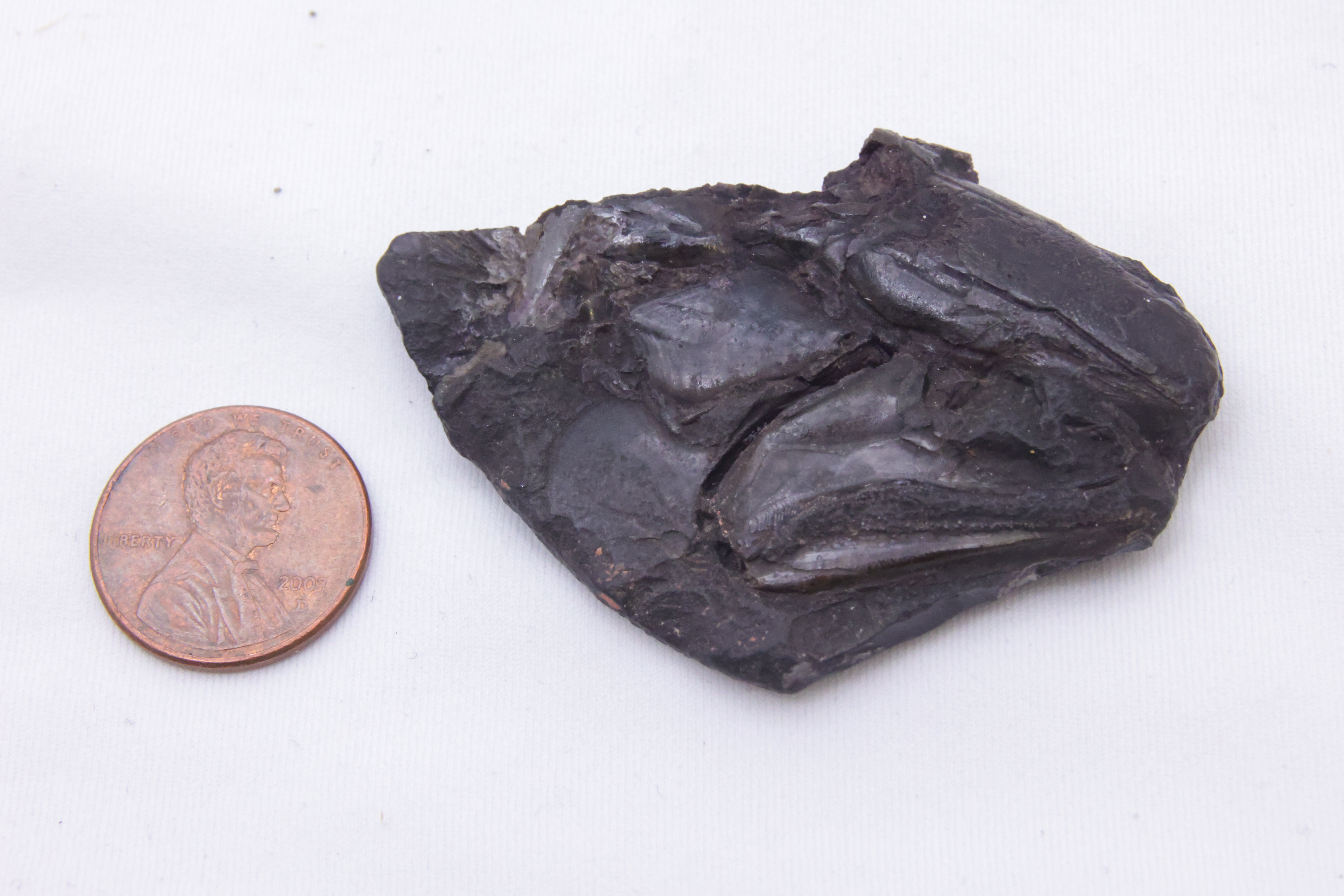Almost a hundred years ago, a fossilized fish skull was pulled from a coal mine in Lancashire, England. However, neither the miners nor the paleontologists who initially studied the discovery realized the true value of the find. Now, a CT scan reveals a brain relic unmatched for any vertebrate of similar age, providing a record of the state of thinking equipment in the Bashkirian stage and overturning previous ideas about the evolution of brain architecture.
The fish in question was a Coccocephalus wildi, part of the ray-finned fishes, which include half of living vertebrate species. After a century of neglect, its brain has been described in a new paper by a team led by University of Michigan PhD student Rodrigo Figueroa.
Soft tissues rarely fossilize well – and as anyone who has suffered a concussion has learned to their cost, the brain is very soft indeed. In the case of this Coccocephalus, the brain and cranial nerves survived, both because nothing crushed the skull and dense minerals replaced the tissues quickly, although most of the hindbrain was lost.
Without this preservation, the fossil in question wouldn’t have made much of a splash, appearing to be just another ancient fish 15-20 centimeters (6-8 inches) long and probably living on a crustacean diet. Being the only known example of this species, the team couldn’t risk damaging it, so scanning was the only option to explore the fish’s internal structure. Nevertheless, they were not expecting what they found.
Instead of empty space or random mineral growth within the skull cavity, the team found a symmetrical structure with hollows like those in a living brain, and filaments resembling cranial nerves.
“It had all these features, and I said to myself, ‘Is this really a brain that I’m looking at?'” said senior author Dr Matt Friedman in a statement. “So I zoomed in on that region of the skull to make a second, higher-resolution scan, and it was very clear that that’s exactly what it had to be. And it was only because this was such an unambiguous example that we decided to take it further.”
The Coccocephalus brain formed by bulging around a cavity and folding inwards, like those of mammals, birds, and reptiles today. On the other hand, modern ray-finned fishes – this individual’s closest surviving relatives – have brains that fold outwards. The discovery means fish brains must have undergone a radical shift at some point, although we don’t know when or why.
“An important conclusion is that these kinds of soft parts can be preserved, and they may be preserved in fossils that we’ve had for a long time—this is a fossil that’s been known for over 100 years,” Friedman added.
“Not only does this superficially unimpressive and small fossil show us the oldest example of a fossilized vertebrate brain, but it also shows that much of what we thought about brain evolution from living species alone will need reworking,” Figueroa said.
The cranial nerves disappear once they exit the skull, suggesting there was something different about the chemistry inside the braincase that allowed their preservation, and that of the brain itself.

The fossilized skull of Coccocephalus wildi. The fish is facing to the right, with the jaws visible in the lower right portion of the fossil. The eye socket is the circular, bumpy feature above the jaws. Image credit: Jeremy Marble, University of Michigan News.
Paleontologists extrapolate the shape of extinct species’ brains from endocasts of the inside of their skulls. However, there is a poor match between Coccocephalus’s brain and the endocast of its braincase, suggesting we may have been conducting a form of phrenology almost as misleading as the original.
Although we like to think of vertebrates as possessing larger and superior brains to boneless species (octopuses excepted), ancient invertebrates provide most of the really ancient surviving brain specimens. Prior to this discovery, the oldest well-preserved brain came from a 310-million-year-old horseshoe crab, and there are hints of brain material 200 million years older again. The only close precedent for this discovery comes from a 300-million-year-old relative of sharks.
Figueroa anticipates that, with CT scanners becoming more easily accessible, more fossil brains will get imaged in this way. This discovery certainly gives scientists an incentive to try.
The study is published in Nature.
Source Link: World's Oldest Fossil Vertebrate Brain Found In A 319 Million-Year-Old Fish